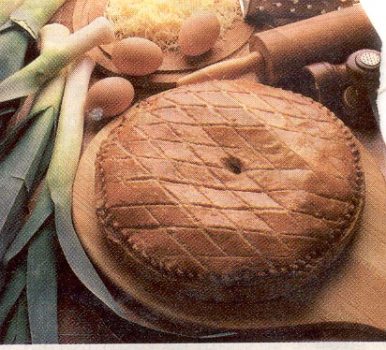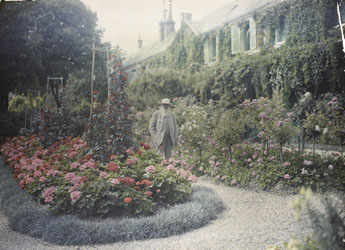
The domain of Le Touquet was purchased by Alphonse Jean-Baptiste Daloz, a notary, in 1837. It consisted of large sand dunes at the mouth of the Canche River. He planted pines and other species of trees, making the site an ideal junction between sea and forest. The head of Le Figaro newspaper, Hypolite de Villemessant, was a friend of Daloz. It is he who gave the site the chic-sounding name Paris-Plage.
An English businessman, Sir John Whitley, jumped on the opportunity, and Le Touquet-Paris-Plage was soon developed as a seaside town complete with everything English tourists dreamed of. It is known for the diversity of its buildings, which sought to achieve a perfect harmony between the architecture and nature. Between the two World Wars, it became cosmopolitan and known worldwide.
|
|


























